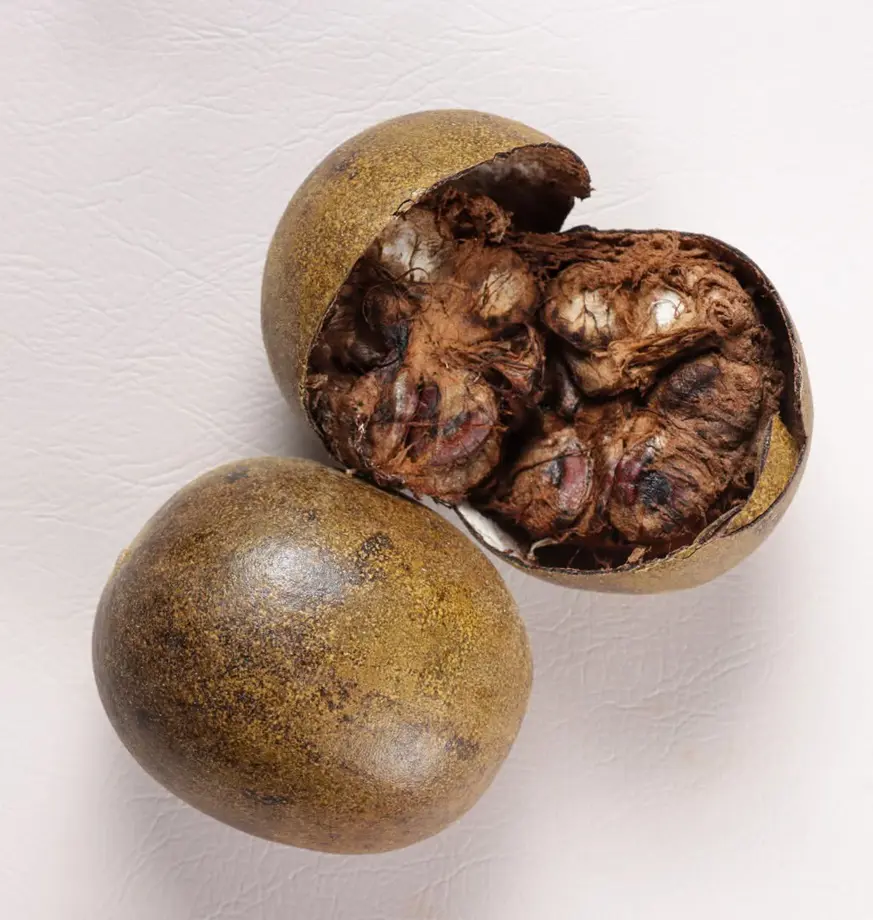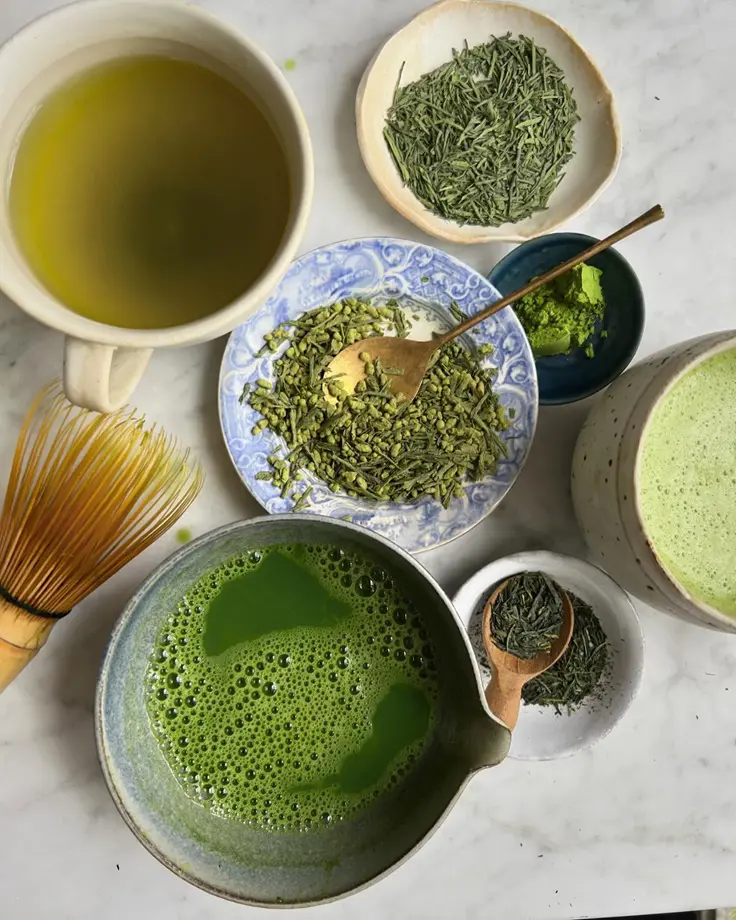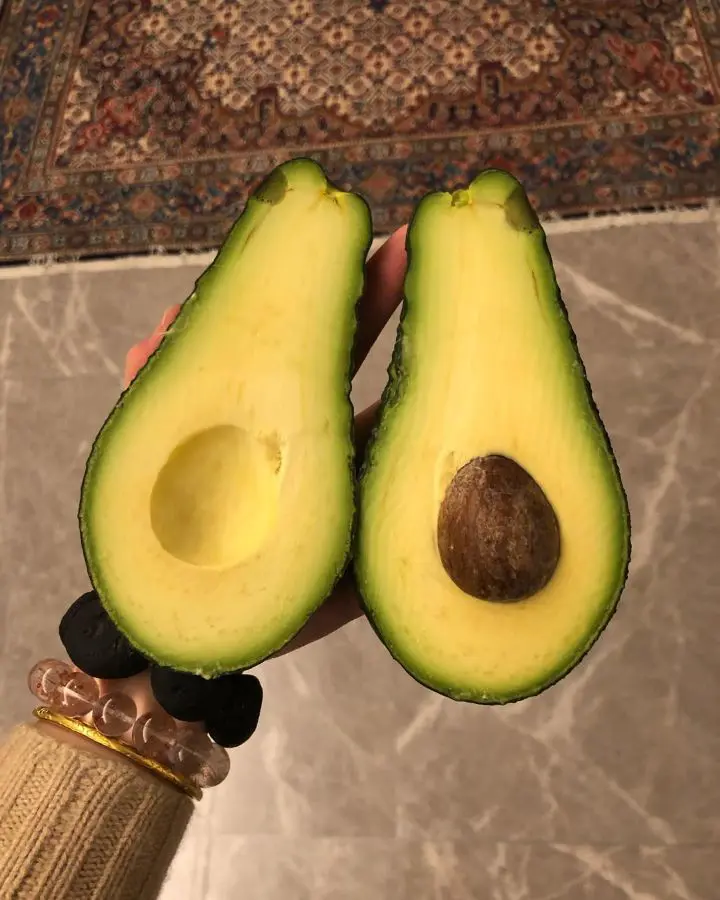How To Get Rid of Leg Cramps
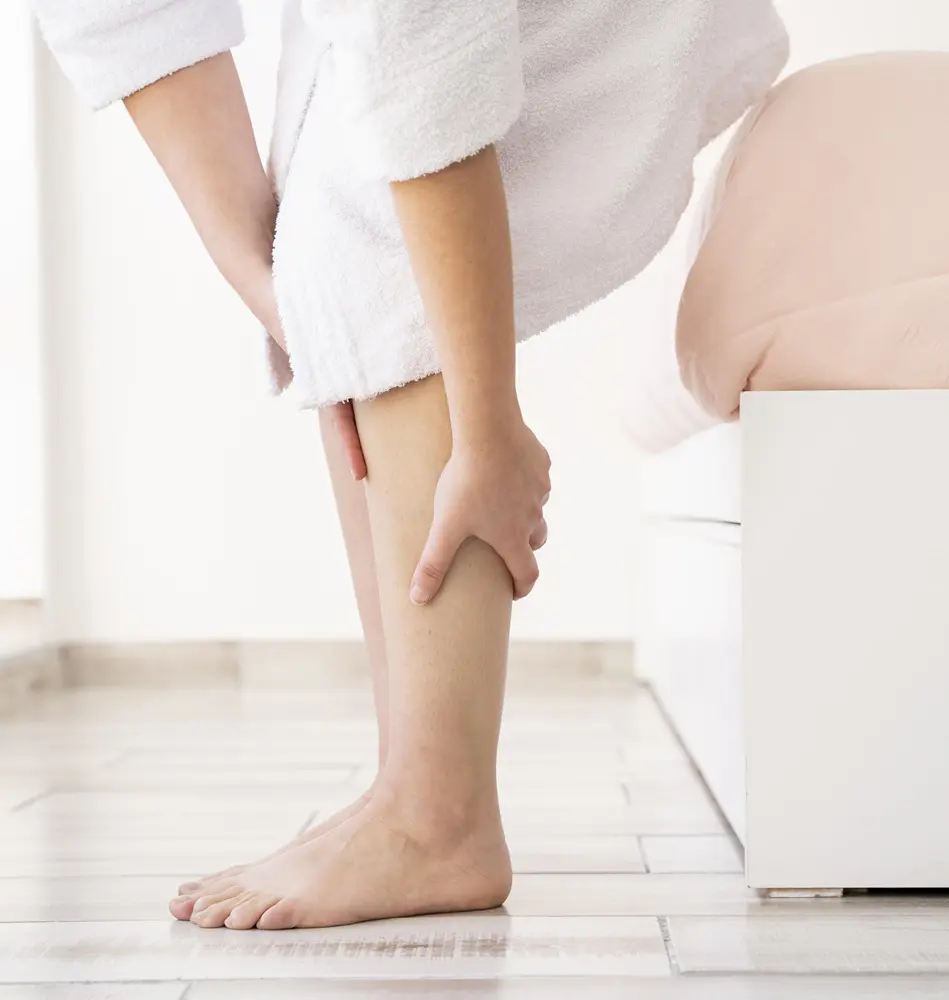
This post may contain affiliate links. If you make a purchase through links on our site, we may earn a commission.
Many people worldwide face sudden, involuntary contractions of leg muscles known as leg cramps. Though these cramps last only for a few seconds or minutes, they can be quite painful.
Whether you have to bear this distressing condition once in a while or more often, we have enlisted some beneficial measures to help you get rid of leg cramps. After reading the article, you will find ways to manage and alleviate the discomfort effectively.
1. Stretching
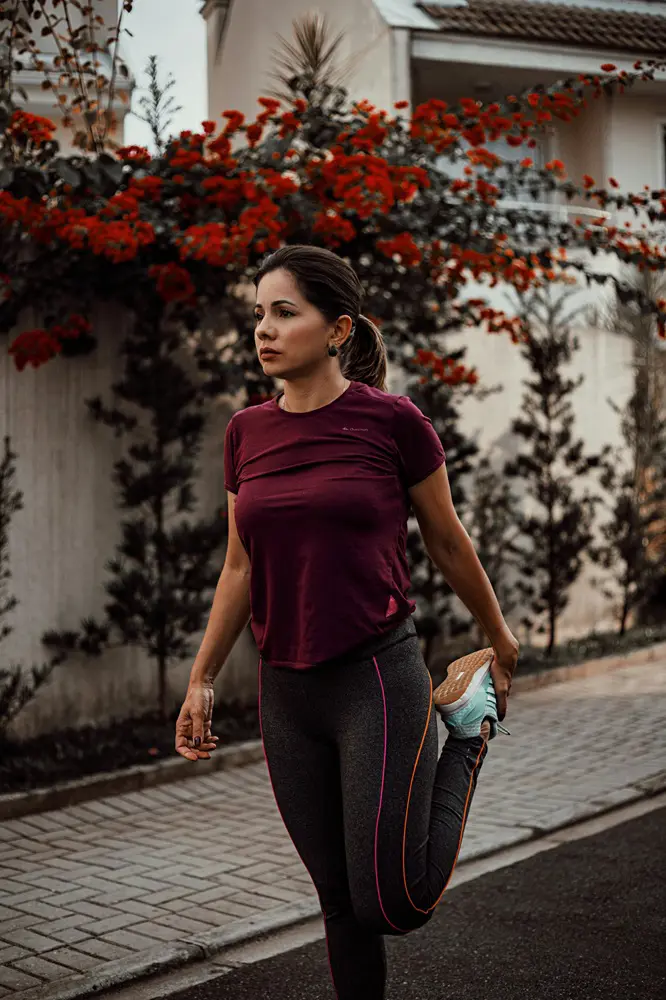
Stretching could be useful in preventing cramps, especially those that occur at night. It assists in easing the stiffness of muscles which are generally the cause of cramps besides aiding in the circulation of blood in the complaining muscles.
Some stretches such as calf stretch, hamstring stretch, and full body stretch can be useful for preventing leg cramps.
Tips:
For instant relief, if you are a victim of a calf cramp, you can try to bring your toes toward your face and keep your leg straight. If the cramp is in your hamstring then gently slide forward keeping your leg straight for stretching of your thigh’s back muscles.
2. Apply Heat
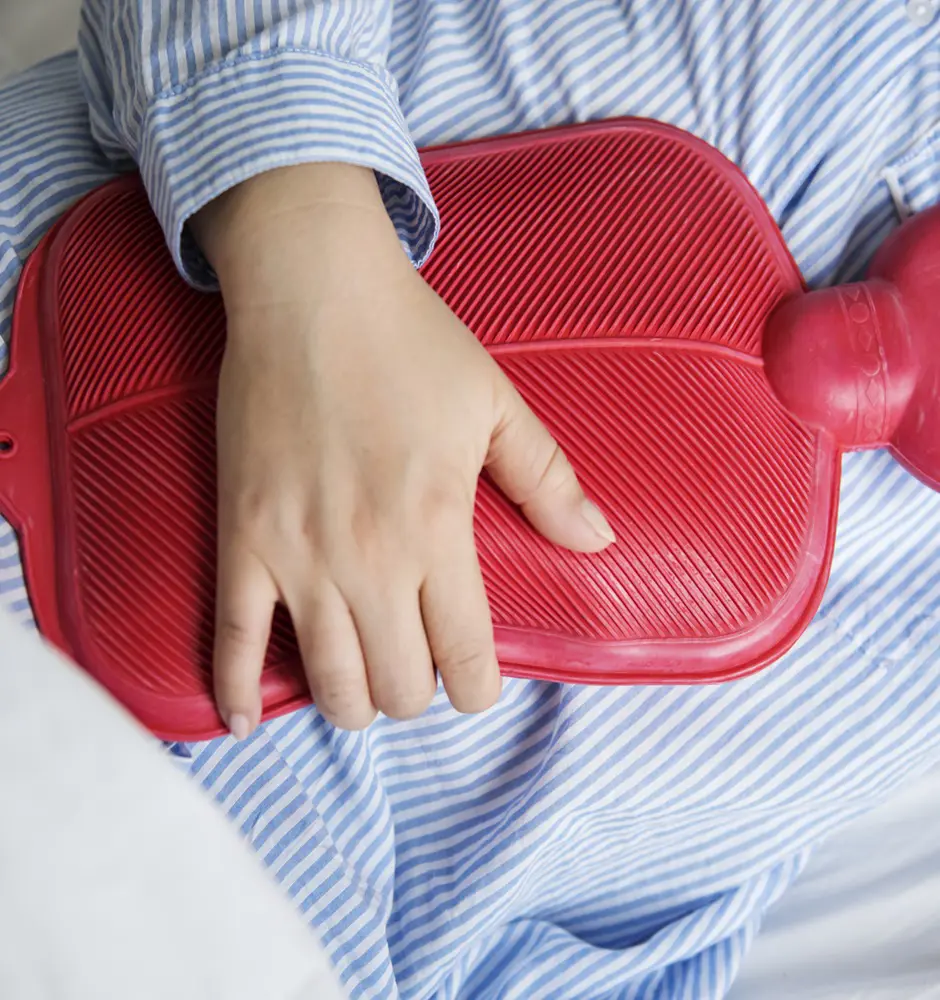
Heat expands the elasticity of muscle fibers helping muscles relax. The heat helps reduce the tension related to cramps and enables the muscles to revert to their natural state immediately. Also, applying heat helps increase the blood flow to those regions that are sore and painful.
To apply heat, you can use a heating pad and place it directly on the cramped muscle. A warm bath with Epsom salts dissolved in the water also works well depending on the requirement of a massage.
Warm Compress
For the warm compress, steep a clean cloth in warm water, then squeeze the cloth and place it on the cramped muscle. The applied compress also helps in heat transmission toward the affected muscle.
3. Massage
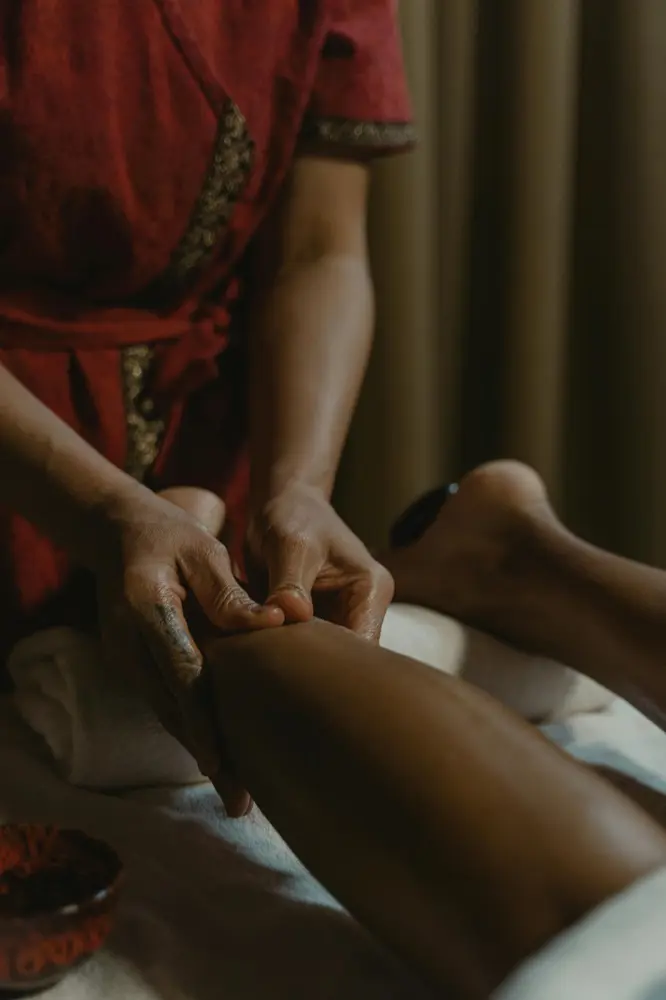
Massage promotes the supply of oxygen and nutrients to the cramped muscle and the removal of waste products found in muscles during contraction. Moreover, the tight fibers can be relaxed simply by massaging which is most effective when followed by gentle stroking or application of heat.
Additionally, it has been found that pressure applied by massage can help suppress the activity of pain messages that are related to the brain.
For effective results, rub in circular overlapping motions using the thumb on the affected area. Also, the pinch-and-roll technique can be used where you pinch the muscle and roll it up and down on the painful areas.
4. Use Cold Compress
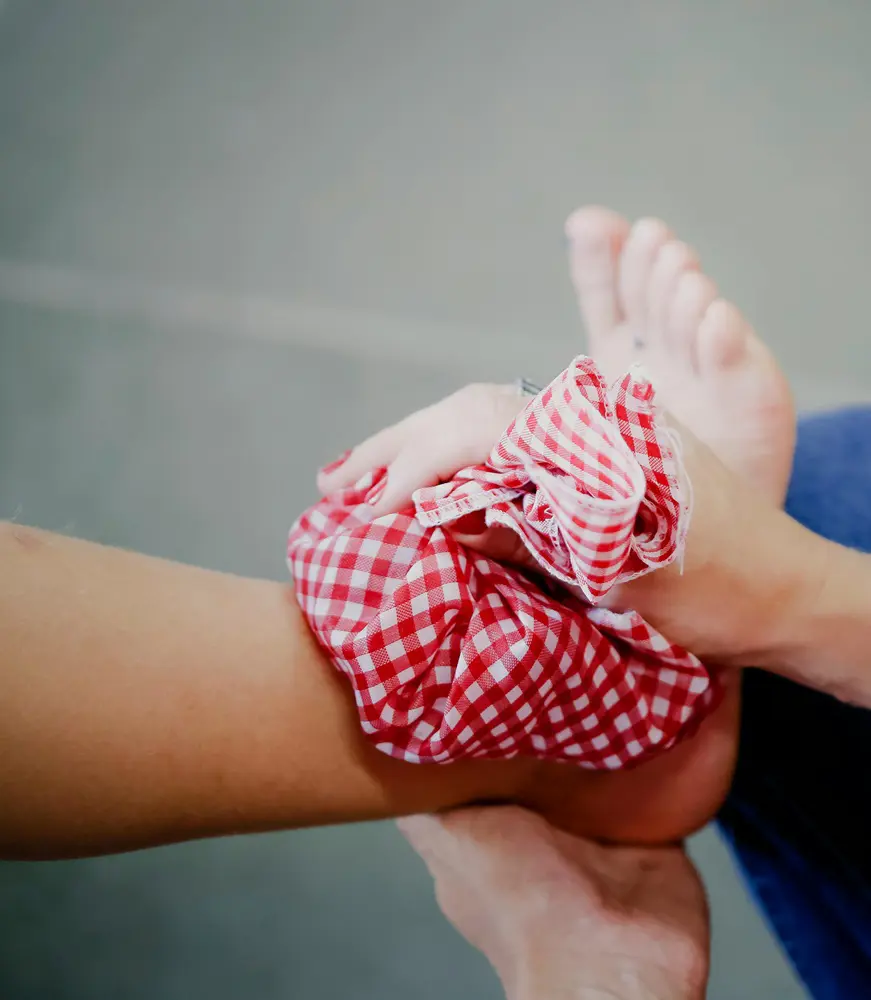
Cold therapy is particularly effective immediately after a cramp occurs or when muscle soreness is present. Applying a cold compress numbs the affected area and this can alleviate pain and soreness resulting from leg cramps.
There is localized inflammation when a muscle is in a cramp and applying cold reduces this effect, facilitating muscle recovery.
To apply, place ice in a thin towel or use a readymade ice pack since direct contact might lead to frostbite. Put your towel in the cold water, squeeze out the excess, and then lay it over the affected part.
5. Try To Move
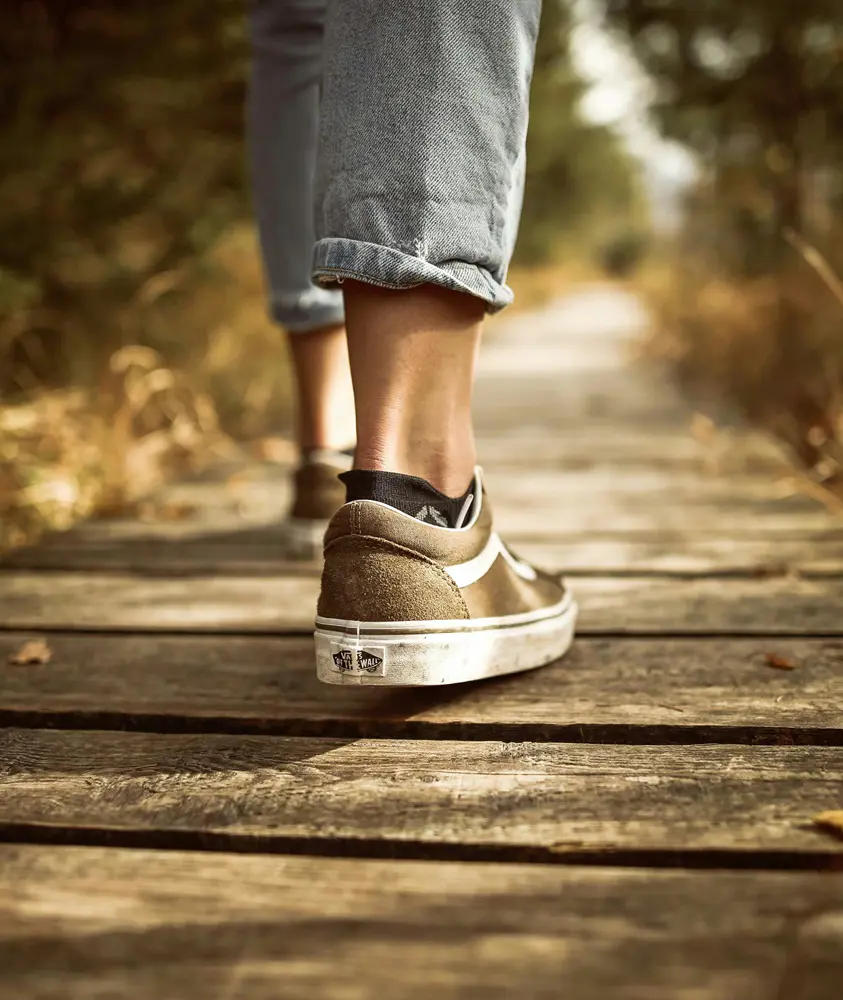
If you attempt to move around when you have a cramp, it can assist the cramped muscles to flex and relax. Even though one might think that it is quite absurd, walking will help to reduce the pain. But it’s not advisable to jam it against the pain or increase the pressure on it.
However, in the case of severe pain, it would be wiser to avoid the movement and remain in the resting position. Quick or vigorous activity is also not useful as this can add more pressure on the muscle. Get off the bed lightly and start walking or moving around to allow blood to flow into the cramped area to reduce the cramp.
6. Hydration
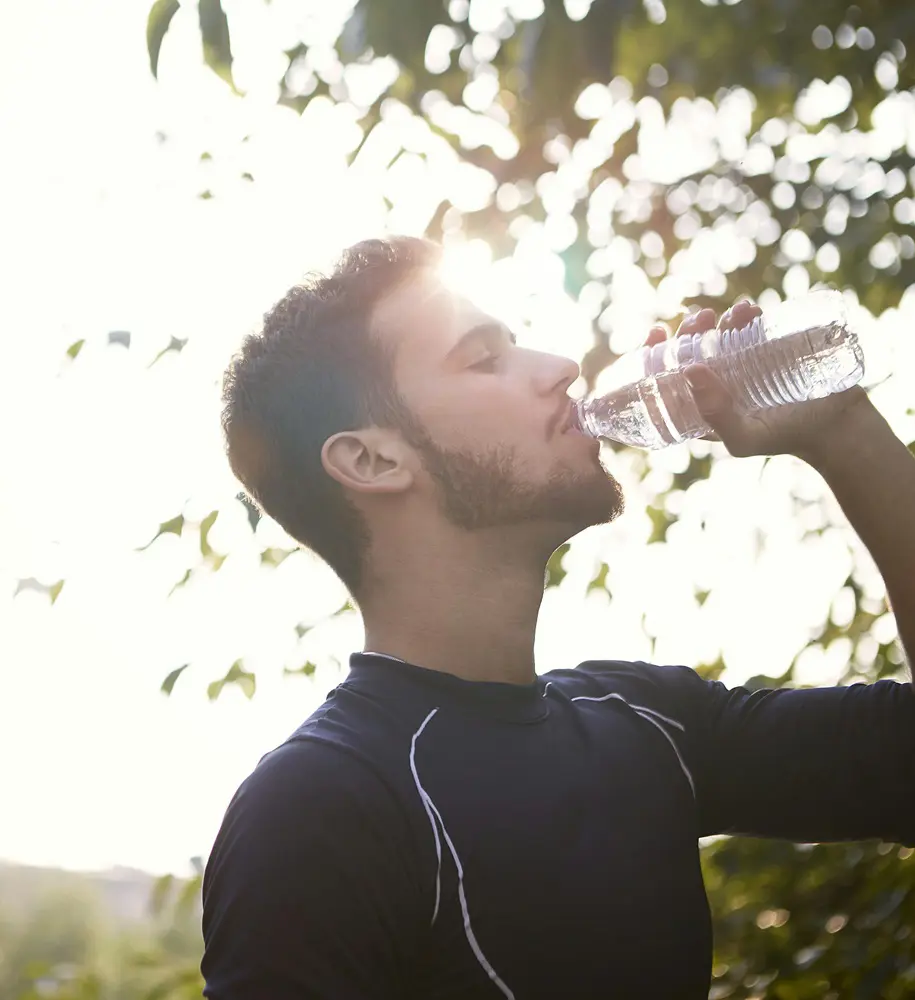
One more probable and efficient technique to prevent leg cramps is to ensure adequate water intake. This technique helps balance electrolytes and ensures the efficient performance of muscles. Some studies have revealed that the use of fluids containing electrolytes provides better results compared to plain water when it comes to preventing muscle cramps during and after exercise.
Furthermore, drinking adequate water is very beneficial since it can effectively cause the contraction and relaxation of muscle fibers and increase blood flow.
7. Elevate Your Leg

Raising your legs can be a good way to treat your leg cramps. Elevating your legs can help by facilitating venous return which allows efficient flow back of oxygen-depleted blood to the heart. Besides, it also promotes better blood flow in the lower part of the body which helps reduce muscle soreness and contractions.
In addition, elevation aids in the removal of excess fluid from the legs and minimizes the pressure occurring within the veins of your legs. It also helps to relax your muscles by relieving tension and allowing muscles to be set free from fatigue.
Incorporating this technique into your routine, particularly when you are relaxed or after exercising will be more helpful in eradicating the leg cramps.
8. Adjust Your Position
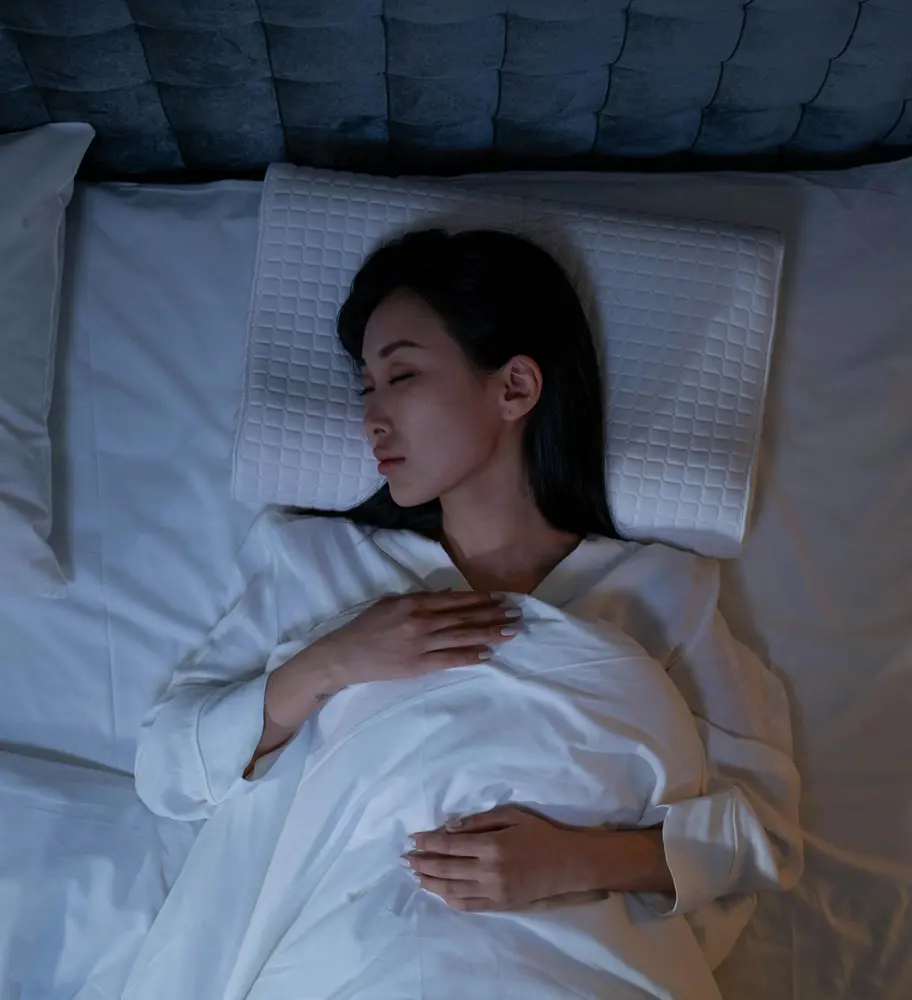
Another approach adopted in the management of leg cramps is changing the body posture. During a leg cramp episode, the muscle contracts unconsciously. However, adjusting the position can have the ability to relieve the muscles hence giving you some level of comfort.
If you are the one who gets leg cramps at night, you would never believe how your sleeping position affects the frequency of the cramps. You should always consider sleeping on your back if you want to prevent this condition. If you prefer improved blood flow as well as relaxation of the muscles at the back of the calf, positioning a pillow behind the knee can help you achieve this.
9. Use A Foam Roller
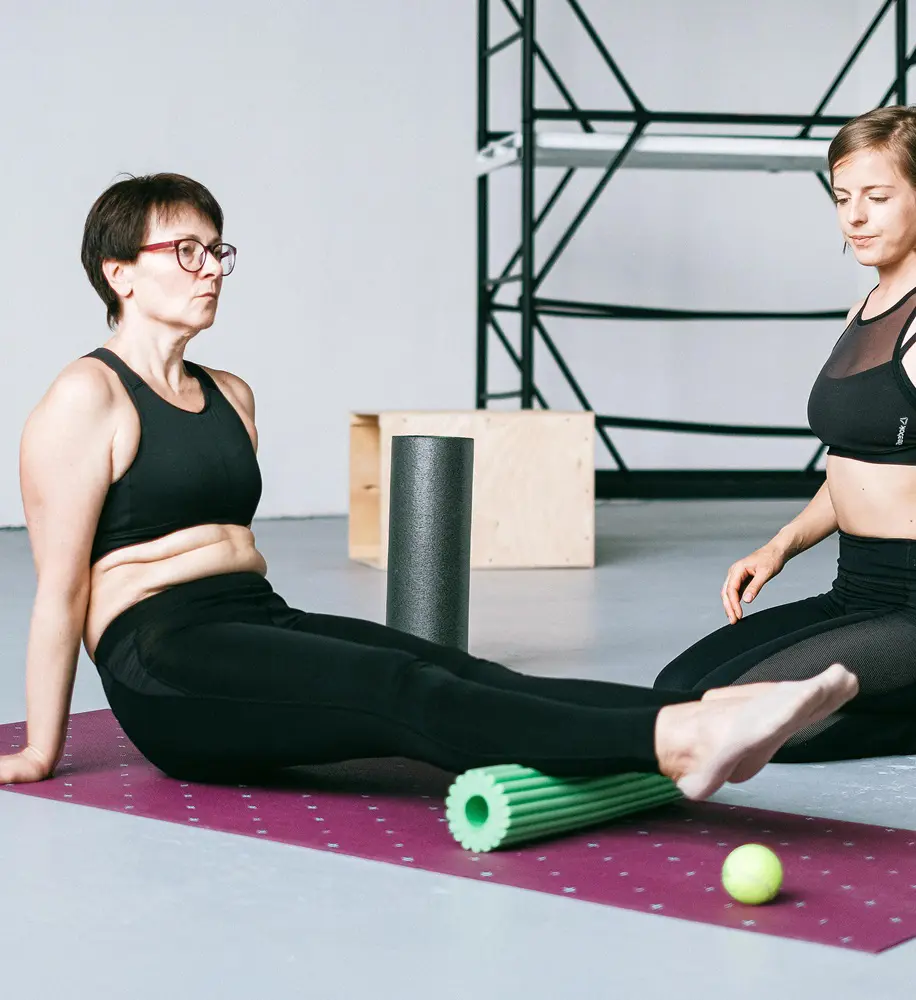
Though commonly associated with muscle stiffness and decreased mobility, foam rolling can be of great assistance for relieving muscle cramps in the legs. Foam rolling applies pressure onto certain parts that contain tight or painful muscles, providing instant relief from discomfort and relieving tension.
Furthermore, foam rolling also involves self-massage which is known to have a positive impact on the nervous system and tends to relax the muscles.
To use, gently roll the affected muscle back and forth and for tight spots, apply a mild pressure.
10. Potassium-rich Foods
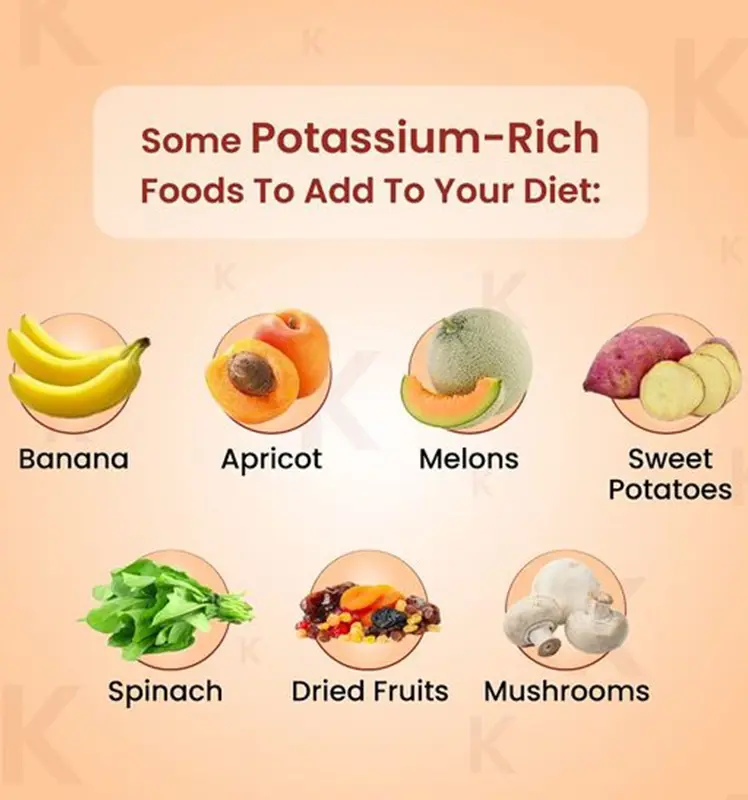
The use of potassium-containing foods is extremely beneficial for avoiding and eradicating leg cramps which originate from muscle and electrolyte malfunction. Another health benefit of potassium is that it helps in muscle relaxation as well. When muscles contract, potassium helps them return to their resting position.
The sources of potassium, including bananas, sweet potatoes, and others, are generally high in water, which helps with overall hydration and muscle function. Besides potassium, such foods contain other useful micronutrients such as magnesium and calcium that enhance muscle health and reduce the occurrence of cramps.
11. Wear Supportive Footwear
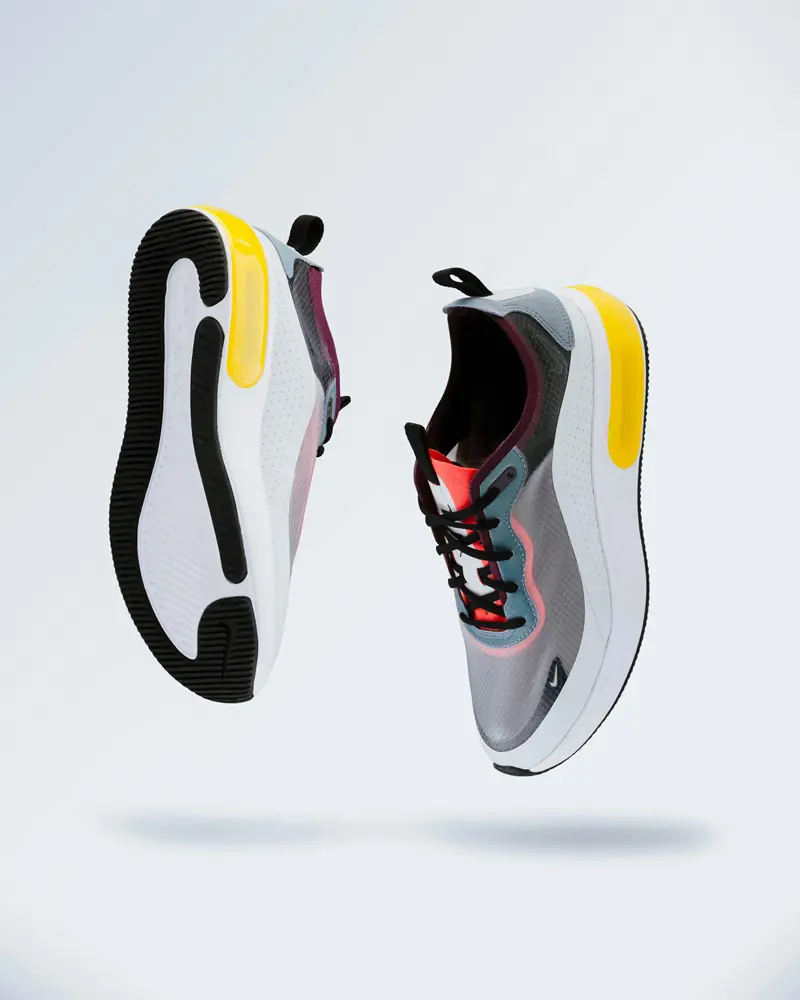
Footwear with proper supports for the arch ensures that body weight is well-balanced throughout the foot. This lessens too much pressure that is exerted on the muscles and tendons thereby preventing cramps. Comfortable shoes for sports reduce pressure on the feet and help prevent injury or developing discomfort during use. This cushioning minimizes any muscle fatigue, which is known to cause cramps in many people.
When choosing supportive shoes, it is always important to make sure that shoes do not fit too tightly.
12. Magnesium Supplementation
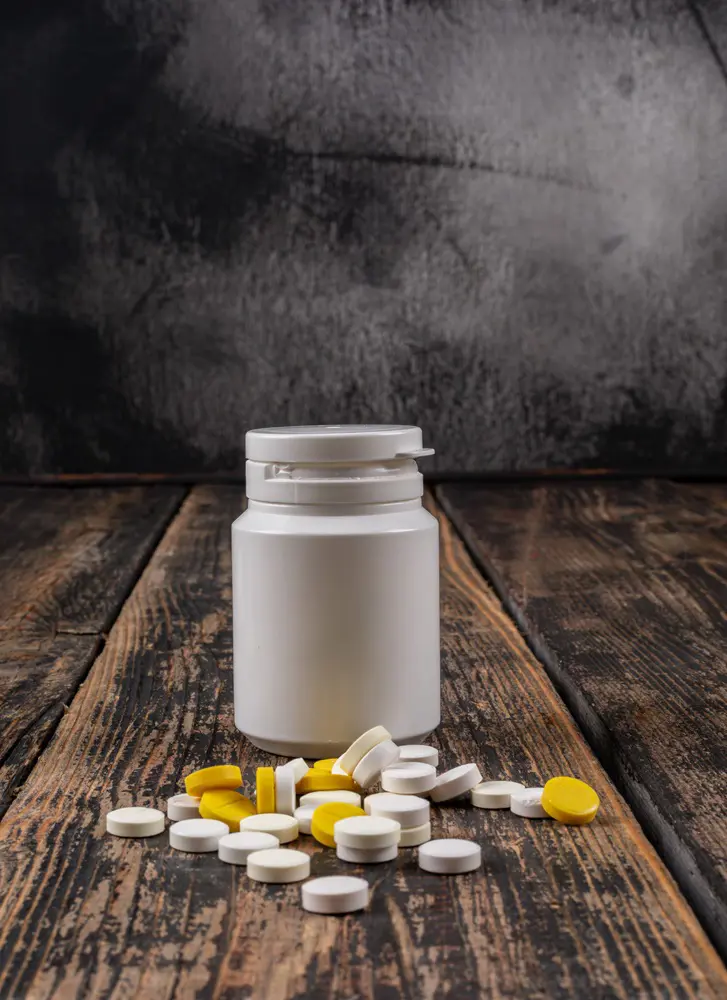
Research shows that taking magnesium supplements can help alleviate leg cramps and that this remedy is especially effective with pregnant women.
Research also indicates that people with low amounts of magnesium tend to get more muscle cramps as compared to those with high magnesium levels. Also, it is believed that magnesium could be better at tackling this condition when taken daily for a minimum of two months as compared to short-term consumption.
For people, who experience leg cramps at night, having magnesium-rich foods in the evening might help them because magnesium levels differ during the day and night.
13. Avoid Prolonged Sitting

Prolonged sitting prevents blood circulation to the lower limbs and puts pressure on the nerves present in the legs, which can lead to muscle fatigue and predispose the individual to cramps. When standing or walking, you tend to take the pressure off nerves, thus, helping the nerves work better and minimizing cramping episodes.
If you sit for prolonged hours in your workplace or at home, try to stand and walk around every 30-60 minutes.
14. Pain Relievers

In cases when the cramp is causing too much pain, pain relievers can help you to get some solace. These medicines reduce inflammation, easing the pain associated with cramps.
For occasional cramps, these medications can provide quick relief. However, if you experience frequent or severe cramps, it's crucial to determine the root cause. It's highly advisable to consult a healthcare professional to address the underlying factors in this particular situation.
Causes Of Leg Cramps
Several factors can lead to cramping of the leg. Out of which, some of them are listed below:
- Dehydration: Lack of fluids results in water deficiency thus causing muscle contractions, a leading cause of muscle cramps.
- Muscle Overuse: Muscles that have been worked out to the intensive level or over-exercising may cause fatigue, which can result in cramping.
- Medical Conditions: People with diabetes (which can lead to peripheral neuropathy), kidney failure, and hypothyroidism, are susceptible to leg cramps.
- Nerve Discharge: The irregular and unusual transmissions of nerve impulses can cause involuntary contractions of muscles, resulting in cramps.
Recent posts
Lifestyle
Lifestyle
Is Agave Good For You? Benefits, Uses And Risks
When you stroll through the sweetener section at a supermarket or any other store, you probably notice bottles of golden agave nectar or agave's inulin with labels boasting claims like "natural" and "healthy". But is this viscous sweetener which come...
Lifestyle
Is Monk Fruit Healthy? Benefits, Nutrition And Risks
Monk fruit is a simple vine of the gourd family that has recently gained fame as a sweetener. The fruit is hard to find in the market and has been less cultivated around the world, it's native to Southeast Asia. A zero-calorie sweetener, there is a l...
Lifestyle
How Much Caffeine Is in Green Tea
Green tea, a tea popular for its health benefits, comes with a gentle caffeine boost. Due to this low caffeine level, the drink can be considered perfect for those who want to stay alert without the jitters. The availability of caffeine in green tea ...
Lifestyle
The Benefits Of Avocado Seeds You Must Know About
After devouring the avocado, we have the habit of dumping the seed without giving it a second thought. However, this part of the fruit is just as essential as the avocado because it delivers numerous nutrients and potential health benefits that might...
Lifestyle
How Much Caffeine Is Too Much In One Day?
Without even realizing it, caffeine is stapling in our everyday lives. Our mornings usually begin with a cup of coffee, likewise, to get through the afternoon slump we might sip on an energizing drink or grab a refreshing soda on a sunny day to quell...
Lifestyle
How Much Water Should You Drink Per Day
Water makes up 60% of our total body weight, making it an essential component to maintain our health. As it is present in all cells and organs of the body, proper water intake means every function in the body is running well. There are multiple benef...

